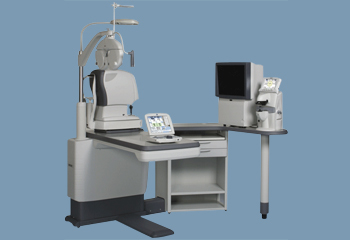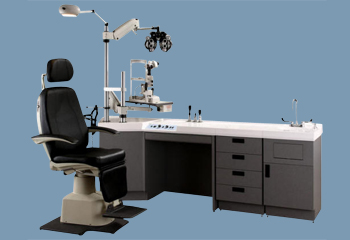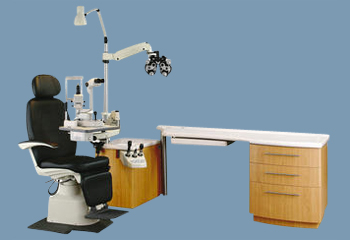Most eyecare patients schedule appointments to diagnose refractive errors, which essentially cause blurred vision. These errors include farsightedness (hyperopia), nearsightedness (myopia), and astigmatism. One of the fastest and most innovative ways to diagnose these eye problems is with computerized refractions, also known as digital refraction systems.
How computerized refractions work
Refractors measure how light affects each eye, often by showing patients two images simultaneously and asking the patient to identify which image is clearer. This enables ophthalmologists to accurately assess the level of refractive error in each eyeball and provide the right prescription.
Benefits of computerized refractions
Computerized refractions streamline the eye exam process, often keeping total appointment time to 45 minutes or less. Exams can be conducted in smaller rooms, as computerized refractions are less cumbersome than their manual counterparts. This can be a cost and space saver for newer practices or practices in urban areas where the average office size is smaller.
The experience is more pleasant for the patient – computerized refractions are designed with their comfort in mind (e.g. ergonomic features, tilting functions, etc.). And, the exam feels less like a test. With manual technology, patients were unable to compare images side by side. Instead, they had to remember which option was better.
And most important to ophthalmologists, computerized refractions can be programmed and tailored to their exact needs. Personalized programming can remember doctor and patient preferences. Computerized refractions also produce more accurate exam results, which is a huge benefit to both doctors and patients.
Consider adding computerized refractions to your practice today.















